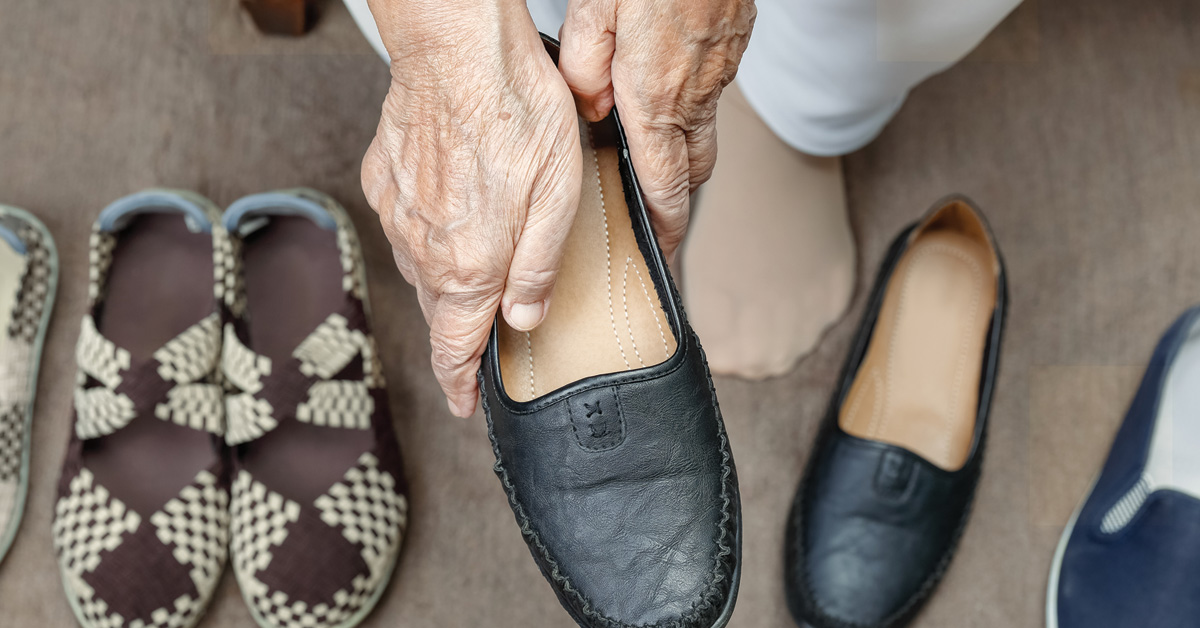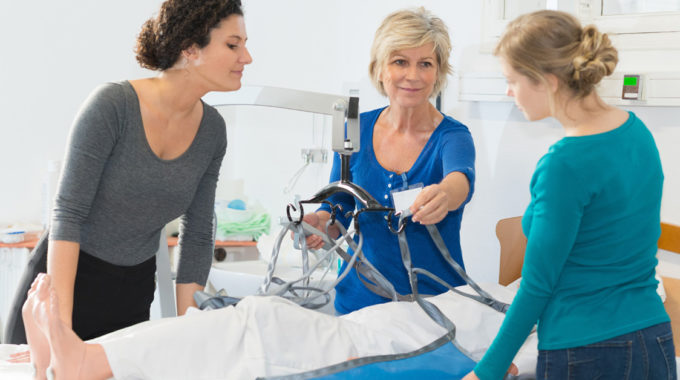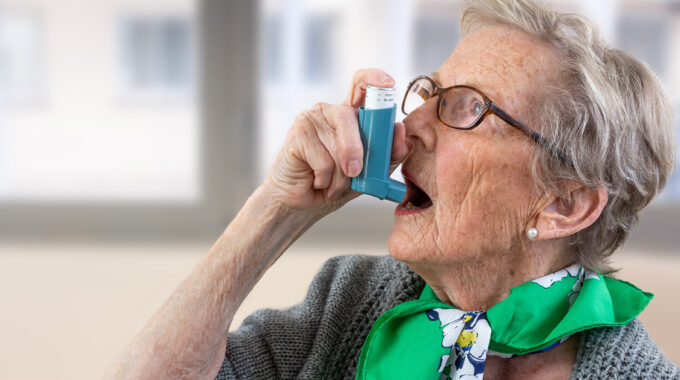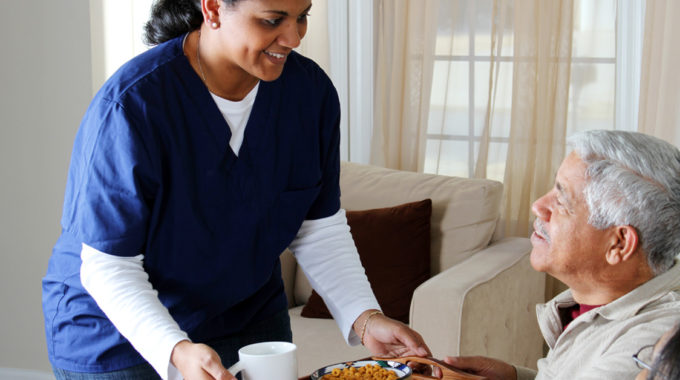
What are The Best Shoes for Preventing Falls?
Falling is dangerous, no matter the age of the person. The effects can be severe and often lead to other problems. A serious fall does not have to be from a height; simply tripping and falling from a normal walking height can turn disastrous for an elderly person.
More than one out of four older people fall each year. The Centers for Disease Control and Prevention (CDC) lists the following statistical data: 1
- One out of five falls lead to severe injuries such as fractures or head injuries.
- Over 800,000 elderly people are hospitalized each year because of a fall injury.
- More than 95% of hip fractures are caused by falling, usually sideways.
- Many people who fall, even if not injured, become afraid of falling again.
What are Some Causes for Falling?
As we get older, our feet go through a lot of changes. Ankle and foot swelling, arthritis and other neuropathic conditions, and diabetes can cause loss of balance. Other situations that can result in falls could be illnesses and physical conditions that affect strength and balance, and side effects of some medications can upset balance and cause falls. Some studies have found that inappropriate footwear could be an underlying cause for falls. The results of a study reported in the Journal of the American Geriatrics Society shows going barefoot or in stocking feet was associated with an increase in fall risk.3
Effects of Inappropriate Footwear on Gait and Falls in Older Adults.
The research suggests inappropriate footwear, coupled with muscular weakness, postural distortion, and general physiological decline in the senior population, directly impacts the risk of falling during ambulation.2 While improving posture and weakness takes time and effort, footwear, on the other hand, can often be easily adjusted.
A literature review found the impact of footwear on gait and postural stability in older adults increases with age.2 The results for athletic footwear, described as having a wide rubber crepe sole, upper fabric materials, and low heel height, provide the best stability in the geriatric population.
What to Look for in Shoe Safety
Jasmine Menant, PhD, (at the University of New South Wales) and colleagues, concluded people had better balance when wearing shoes with higher collars rather than lower ones.4 Wider shoes are effective against bunions and extra-depth shoes are more appropriate for people who suffer from hammertoes or other deformities. Low-heeled footwear is known to reduce fall risk. Menant also noted that footwear such as athletic and canvas shoes (sneakers) are associated with the lowest risk and little effect on overall balance.
Important aspects of fall prevention include ensuring adequate lighting, clearing common areas, and securing throw rugs. Yet the argument for proper footwear is often overlooked. Preventing falls could be as easy as getting rid of worn-out shoes or selecting a more appropriate style. However, further studies are needed to validate if fall rates are reduced by wearing functional shoes.
Wearing the wrong size or type of footwear is common among older adults and contributes to a higher risk of falls. Getting properly fitted for a good pair of shoes is a great first step to reducing risk of falls.
- https://www.cdc.gov/falls/facts.html
- Randolph S, Dalal RA, Asumu E, Colbert V, Isom AT, Mayfield SR. The Effect of Inappropriate Footwear on Gait and Falls in Older Adults: A Literature Review. Journal of the National Society of Allied Health. 2017 Sep 1;14(1).
- Deschasse G, Carbillet P, Couturier P, Gavazzi G. Epidemiological Studies on Shoes for Elderly Adults in a Geriatric Unit. Journal of the American Geriatrics Society. 2013 Jul;61(7):1220-1.
- Menant J, Steele J, Menz H, Munro B, Lord S (2008). Optimizing Footwear for Older People at Risk of Falls. Journal of Rehabilitation Research & Development. 45(8), pp. 1167–1182.






